

In this section, you will learn how to troubleshoot and fix common WordPress errors using our FREE online WordPress Troubleshooting Guide.
This guide contains links to many of our detailed step-by-step tutorials. Please feel free to explore these links and additional resources for more information.
***
WordPress Troubleshooting Guide
Not all WordPress errors require an expert web developer to fix. You can troubleshoot a number of issues in WordPress, such as general or common errors, or errors caused by performing maintenance or installation upgrades on your WordPress site.
This includes errors like:
- The “White Screen Of Death”
- “Header already sent” errors
- Plugin and Theme “Fatal” errors
- “Out of Memory” Errors
- … and other WordPress problems, issues, and errors.
![]()
![]()
Always backup your WordPress files and database before performing any upgrades or installations!
If you need to roll back to a previous version of WordPress, you can find all of the software previous releases by visiting the site below:
WordPress Troubleshooting Process
WordPress comprises of a number of components, including core WordPress files, database, plugins, and themes. Generally, when troubleshooting problems with WordPress, the goal is to determine what is causing the problem by systematically isolating, testing, and disabling each of these components until the problem is uncovered.
If you experience errors with your WordPress site, follow the WordPress troubleshooting process shown in the flowchart below to run diagnostics and hopefully resolve the problem …


How To Systematically Troubleshoot WordPress
The best way to diagnose and repair problems or issues is to follow a systematic process. We recommend following the process below when troubleshooting problems with your WordPress site:
Step 1: Disable & Troubleshoot Plugins
Most problems in WordPress are caused by plugins, so plugins are the logical place to start your diagnostics.
Some of the more common problems you may experience during upgrades or installations may be incompatibilities with other installed plugins, conflicts between newer plugin versions and older WordPress installations, or vice-versa (i.e. outdated versions of the plugin and newer versions of WordPress), etc.
Disabling your plugins allows you to determine very quickly if a plugin is causing you issues.
How To Disable WordPress Plugins
If you can log into your WordPress administration area, go to Plugins > Installed Plugins to access your WordPress Plugins section …
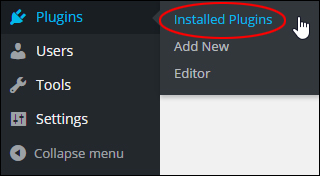

(Plugins|Plugins Menu|WP Plugins} – Installed Plugins)
Click on Plugin in the table header to select all plugins …
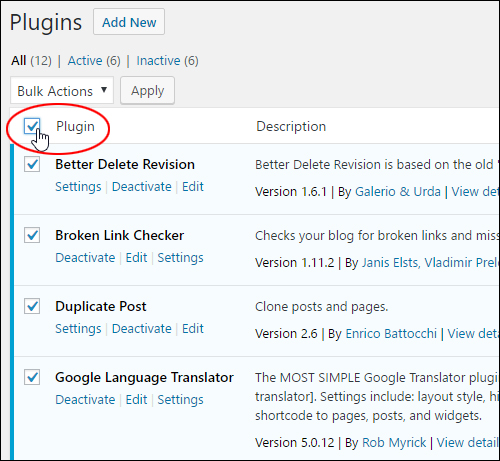

(Select all plugins)
Select ‘Deactivate’ from the drop down menu (1) and click Apply to disable all of your plugins (2) …
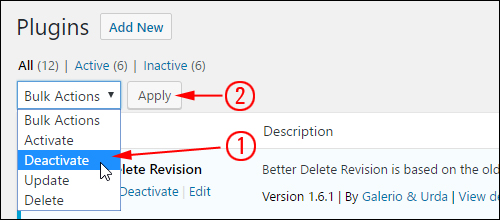

(Deactivate your plugins)
All of your plugins should now be deactivated …


(All plugins should be deactivated)
If you cannot access your WordPress ‘Plugins’ section via your WordPress Dashboard, log into your site using cPanel or FTP and locate the ‘Plugins’ folder …
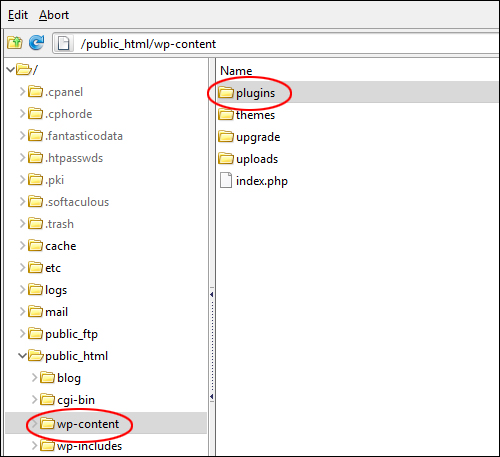

(Locate your plugins folder)
Right-click on your ‘plugins’ folder and select ‘Rename’ …
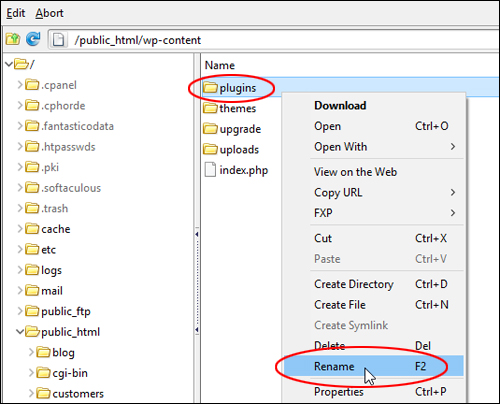

(Rename your plugins folder)
Rename the ‘Plugins’ folder (e.g. rename it to something like “plugins-old”) …
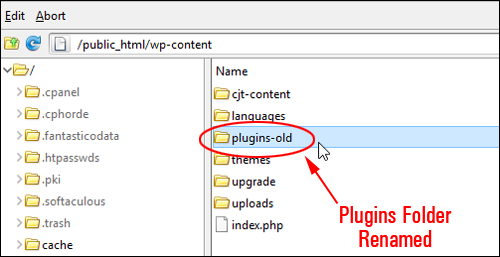

(Plugins folder renamed)
All of your plugins will be deactivated. You can check this by going into your WordPress administration area and viewing the ‘Plugins’ screen …
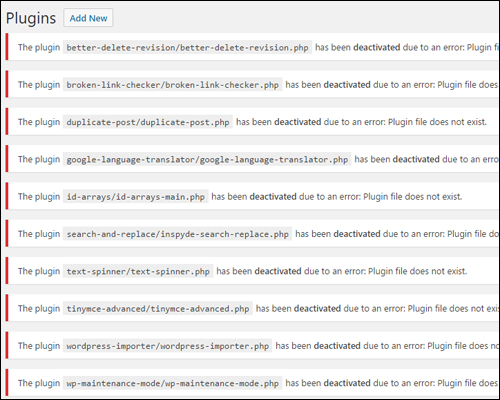

(All plugins have been force-deactivated)
To remove all the “plugin error” messages from your screen simply refresh the page or click on the Plugins > Installed Plugins menu …
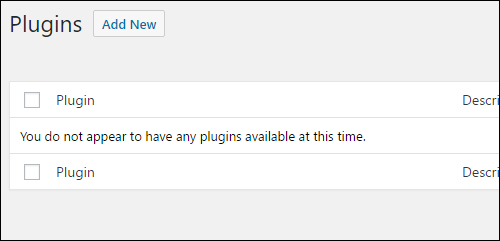

(Refresh page to remove error messages)
![]()
![]()
To restore your plugins, go back into your FTP or cPanel screen and rename your ‘plugins’ folder back to the original name (i.e. ‘plugins’). All the plugins you have previously installed will display again in your ‘Plugins’ screen as ‘inactive’ …
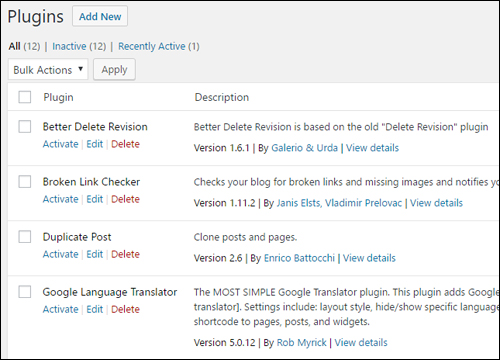

(You can restore your plugins by renaming your ‘plugins’ folder)
After all of the plugins on your site have been disabled, check to see if the issue has been resolved. If the issue has been resolved, then you can confidently assume that the problem has been caused by a plugin.
Reactivate your plugins one at a time, and check after each activation to see if the problem returns. When the problem returns, you will have isolated the plugin that is causing the issue. If the plugin requires an update, upgrade the plugin and see if the problem still persists. If the plugin does not require an update or the problem still persists after upgrading the plugin, then leave the plugin deactivated, or delete it from your “Plugins” folder. You may also want to check if the plugin developer has a support forum or blog and continue investigating issues in those channels.
Continue reactivating and testing your remaining plugins in case there are multiple plugins causing the issue. If the problem has been fully resolved after all plugins have been reactivated (except, of course for any problem plugins), then you have isolated and identified the problem.
For additional information on troubleshooting plugin-related issues, see the tutorial section below:
Step 2: Disable & Troubleshoot Themes
If the problem persists after you have disabled all of your plugins , the next step is to examine whether or not the issue is being caused by your active WordPress theme.
To troubleshoot a theme, leave all plugins disabled, then activate the default WordPress theme supplied with your installation to disable the one that is currently active. Unless you have edited or customized the default theme, it should not cause any issues, as the theme has been developed, tested and approved by WordPress themselves …


After enabling the default theme, re-test your site. If the problem has been resolved, then reactivate your plugins and investigate the theme further. Have you made any recent modifications to the theme? Is there an updated version of the theme available? Contact the theme developer and inform them of the problem. If the theme developer provides a user forum, ask if anyone else has experienced the same issue.
If you cannot access your WordPress ‘Themes’ screen via the WordPress Dashboard, log into your site using cPanel or FTP and follow the same process described in Step 1 to rename your active theme folder and deactivate your existing theme.
Step 3: Check WordPress Database
If the problem is not caused by a plugin or theme, the next step is to check to see if the issue is being caused by a WordPress Database error.
WordPress Database errors may result from server activity, or from security threats.
If you suspect the error may be caused by an issue related to the database, try performing a Database maintenance task, such as repairing or optimizing your tables to see if this fixes the issue.
To learn more about WordPress Database Management, see the tutorial module below:
If it does not solve the issue, see the other troubleshooting tutorials in this module, or continue investigating the problem by taking the next step below.
Step 4: Check WordPress Installation Files
Sometimes server files can become corrupt and cause problems, or the problem may result from security threats, such as hacking activity, malware, etc.
Maybe your site files have become corrupted, or you have accidentally deleted something on your site that is causing the issue.
If you suspect the error may be caused by an issue related to your WordPress installation files, see the other troubleshooting tutorials in this module, or go through your ‘file maintenance’ process.
To learn more about WordPress File Management, see the tutorial section below:
If the above does not solve the issue, then continue investigating the problem by taking the next step below.
Step 5: Check Your Web Hosting
Normally, if the problem is related to your server, you would know right away if the problem was severe enough to disrupt normal service, especially if you have other sites hosted on the same server, as all of your sites would be similarly affected.
Problems can also be related to a security threat, especially if your site has been compromised by a hacker or a malicious software program.
If none of the previous steps can help you identify and fix the issue, then contact your webhosting provider to see if they are aware of any issues affecting the normal running of your server.
If your server is working fine, then proceed to the next step below.
If The Problem Still Persists …
Option #1 – Check The Online Help Resources
There are a lot of useful WordPress help resources available online, such as forums and groups where you can search for solutions and fixes to most WordPress problems.
To learn about help resources for troubleshooting WordPress problems, see the tutorial below:
Option 2: Reinstall WordPress
If the problem still persists after testing all other options and you have recent backups of your site, then a simple and cost-effective option may be to reinstall a clean version of WordPress on your site and re-import all of your files.
To learn how to reinstall WordPress on your site, see the tutorial below:
![]()
![]()
![]()
Sometimes corrupted files cannot be overwritten by newer files or removed from your server.
If this happens, you will need to delete your web hosting account and perform a completely new site installation on your domain. Contact your hosting provider for advice and assistance should this happen.
To learn how to delete your WordPress site, see the tutorial below:
Option #3 – Get Professional Help
If you cannot find a solution to your problem, refer to the Help Resources tutorial or search online. If you can’t find a solution to your problem online and don’t want to delete your WordPress site (e.g. you have no backups), then your last option is to ask a professional for help.
This could be your webhosting provider, your webmaster, or a professional WordPress support service provider.
If you need help finding a professional WordPress service provider, search online or visit the WordPress directory of services below:
Next Section:
Now that you are familiar with the WordPress Troubleshooting Process, click on the link below to view the next section of our WordPress Troubleshooting Guide:
To learn more about tools that can help you troubleshoot problems, issues, and errors with your WordPress site, see the tutorial below:
![]()
![]()
![]()
WordPress Troubleshooting Tutorials
Refer to the tutorials below if you experience any other issues with WordPress:
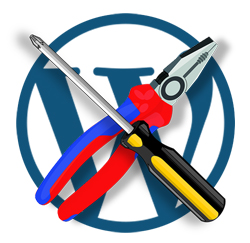

How To Fix WordPress Database Is Too Large To Back Up Issue


How To Fix WordPress Keeps Logging Out Problem
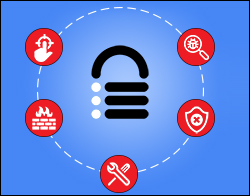

MalCare Security Service: One-Stop WordPress Security Solution



WordPress Troubleshooting Help Resources
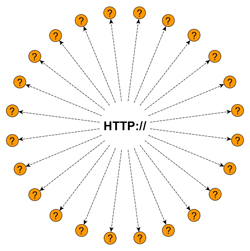

Trackerly – Link Redirection Management And Tracking Tool
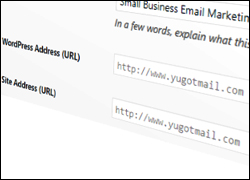

How To Fix Can’t Change WordPress Website Address – Greyed Out URLs


How To Fix The Page Isn’t Redirecting Properly Error In WordPress
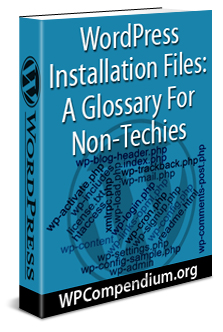

WordPress Installation Files: A Glossary For Non-Techies


What Causes WordPress Errors?


How To Fix WordPress Fatal Errors


How To Fix A 500 Internal Server Error In WordPress


How To Fix A Corrupted .htaccess File
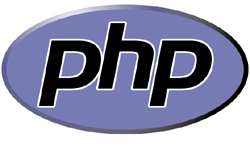

How To Tell What PHP Version Your Server Is Running


How To Fix WordPress Stuck On “Briefly Unavailable For Scheduled Maintenance” Error



WordPress Troubleshooting Tools
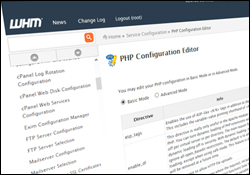

How To Increase WordPress File Upload Size


How To Fix The WordPress White Screen Of Death Error
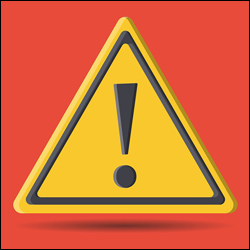

WP Total Audit – Find And Fix Common WordPress Errors
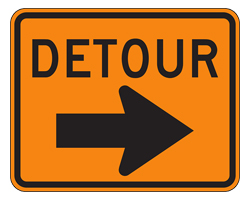

How To Redirect Links In WordPress
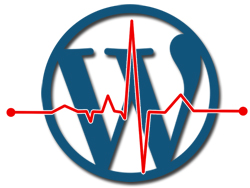

Monitor Website Health From Your WordPress Dashboard
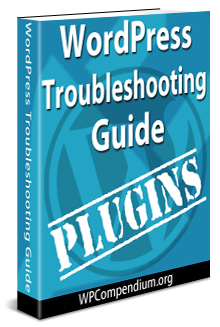

WordPress Plugin Troubleshooting Guide


How To Fix WordPress Error Establishing A Database Connection


Backup Creator – WordPress Backup Plugin



How To Fix WordPress 403 Forbidden Error
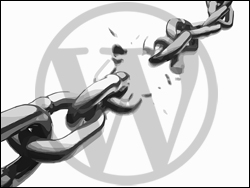

How To Detect And Repair Broken Links In WordPress


WordPress Troubleshooting: Unable To Log Into WordPress Administration


How To Fix The WordPress Posts Returning 404 Not Found Error


How To Fix The WordPress ‘Are You Sure You Want To Do This?’ Error
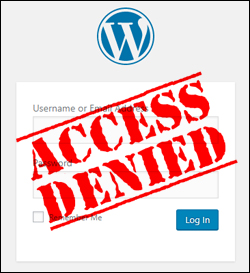

How To Fix Problems Accessing Your WordPress Admin Area
***
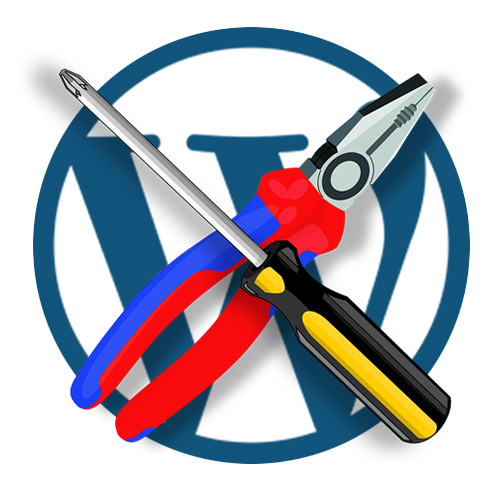

(Source: Pixabay)
***
"I love the way your email series "Infinite Web Content Creation Training Series" is documented and presented. It is very absorbing and captivating. The links and tutorials are interesting and educational. This has motivated me to rewrite my content following the concepts I am learning from the email series." - Mani Raju, www.fortuneinewaste.com
***
